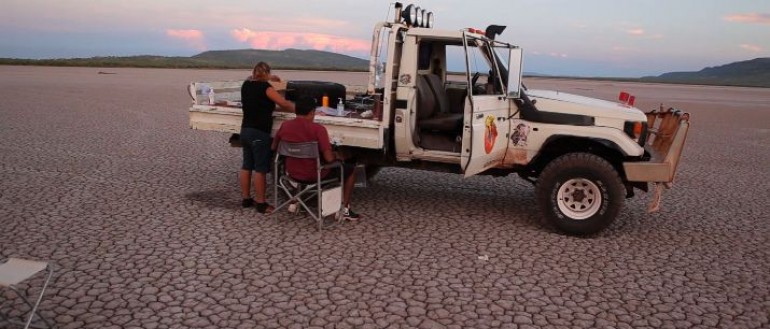Aims:
- To examine the relationship between the pooled Indigenous & non-Indigenous index of Relative Socioeconomic Outcomes (PINIRSEO) and the Indigenous and non-Indigenous incidence of renal replacement therapy (RRT), taking age and sex differences into account.
- To examine the relationship between PINIRSEO and the Indigenous and non-Indigenous outcomes of dialysis (namely, death or transplantation as “competing risks”), taking demographic, comorbidity and remoteness differences into account.
- To examine the relationship between PINIRSEO and the Indigenous and non-Indigenous outcomes of transplantation (namely, death or return to dialysis treatment as “competing risks”), taking demographic, comorbidity, immunological and remoteness differences into account.
Summary:
Outcomes of RRT are also worse for Indigenous Australians, once demographic, comorbidity and residential remoteness are accounted for. They are much less likely to get a kidney transplant. Kidney disease is a major burden during life for Indigenous Australians and their communities, and also accounts for 15.8 per cent of Indigenous deaths between 2008 and 2012 (using underlying or associated causes), contributing 5 per cent of the total disparity between Indigenous and non-Indigenous mortality (using underlying causes only).
The use of area-level socioeconomic status measurements using ABS Socio-Economic Indices For Areas (SEIFA), particularly the Index of Relative Socioeconomic Advantage and Disadvantage (IRSAD), is well-established in the Australian health epidemiology literature.
However, the publicly available indices are of limited use for comparisons among Indigenous groups or between Indigenous and non-Indigenous groups due to ecological bias and the fact that they do not discriminate between Indigenous groups. An alternative has been proposed to deal with these issues: the Index of Relative Socio-Economic Outcomes (IRSEO) and related indices (PNIRSEO & PINIRSEO).
To our knowledge it has not been applied to Indigenous or non-Indigenous health outcomes data before.
Chief investigator:
Project manager:
Project dates:
Completed

